May 1915
After successfully defending the great Russian attacks, the Central Powers launched a large-scale counterattack on the Russian front in May 1915. At that time, in cooperation with the German ally, the troops of the Monarchy had been fighting shoulder to shoulder for months. The large-scale attack that resulted in the Gorlice breakthrough took place on May 2-5, 1915, on the front east of Krakow. The strongest of the units combined for the attack was the German 11th Army under the command of Colonel-General August von Mackensen. The Austro-Hungarian 4th Army was subordinated to German command. The main attack was complemented by the advance of the 3rd Austro-Hungarian army stationed in the Carpathians, and further south by the attack of the Pflanzer-Baltin army in Bukovina.
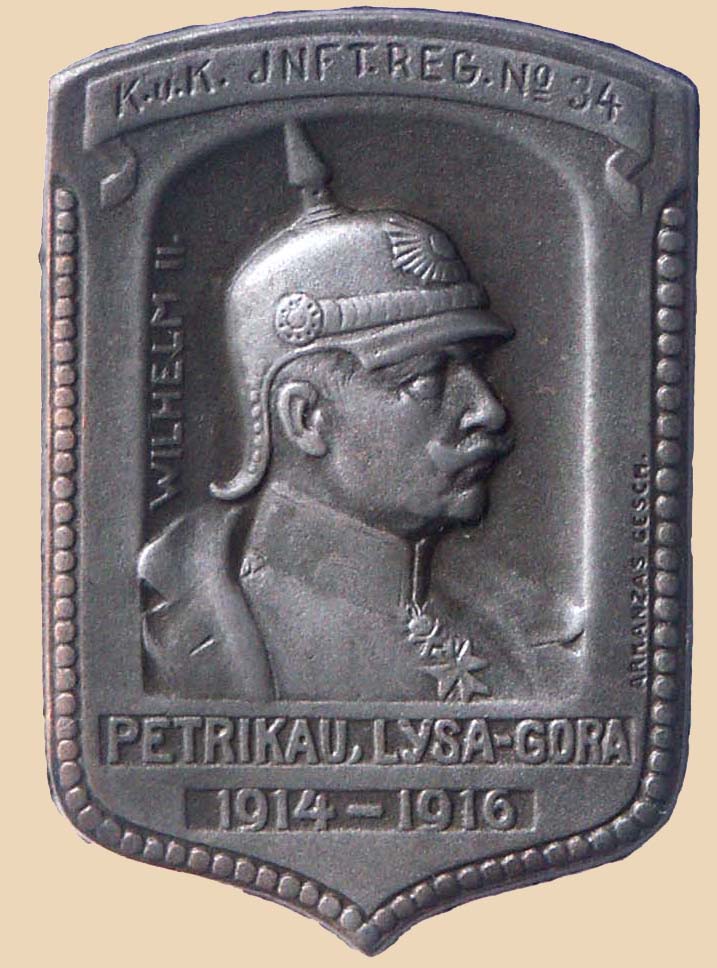
The 27th Austro-Hungarian Division, which came under German subordination, including the 34th Infantry Regiment. The unit took part in the German attack on Warsaw during the winter. Then they conquered the city of Petrikau (Piotrkow). In the spring of 1915, in the great counterattack, they fought on the Galician front. Their greatest success in this operation was the occupation of the Lysa Gora plateau north of Lemberg, after the capture of which the Russians evacuated the city of Lemberg. The memory of these battles is evoked by the badge above. Of course, it is only a coincidence that the owner of the infantry regiment, which was applied in cooperation with the German units, was II. Wilhelm, the German emperor who visited his regiment after the new military successes in 1915. On the occasion of the visit, he handed out a commemorative badge among the soldiers. This can be seen pinned to the lieutenant’s chest posing in the opening picture.

The breakthrough in Gorlice delayed the Romanians entering the war, but could not restrain the Italians to do so. With this, the most important political goal was only partially achieved. At the same time, the Russian army was undoubtedly defeated and, in the summer of 1915, virtually expelled from the territory of the Monarchy. To the north of Galicia, large areas of Russian-Poland were occupied, including the fortification system surrounding Warsaw and the city itself. The new front emerged in the north, 200 kilometers from the old borders, in the Pripyat swamps. In the south, it stretched near the old border down to the then still neutral Romania. After the breakthrough, many Russian soldiers were taken prisoners of war by the victorious armies and a significant amount of munitions was also looted. The total loss of the Russians exceeded 400,000 men.

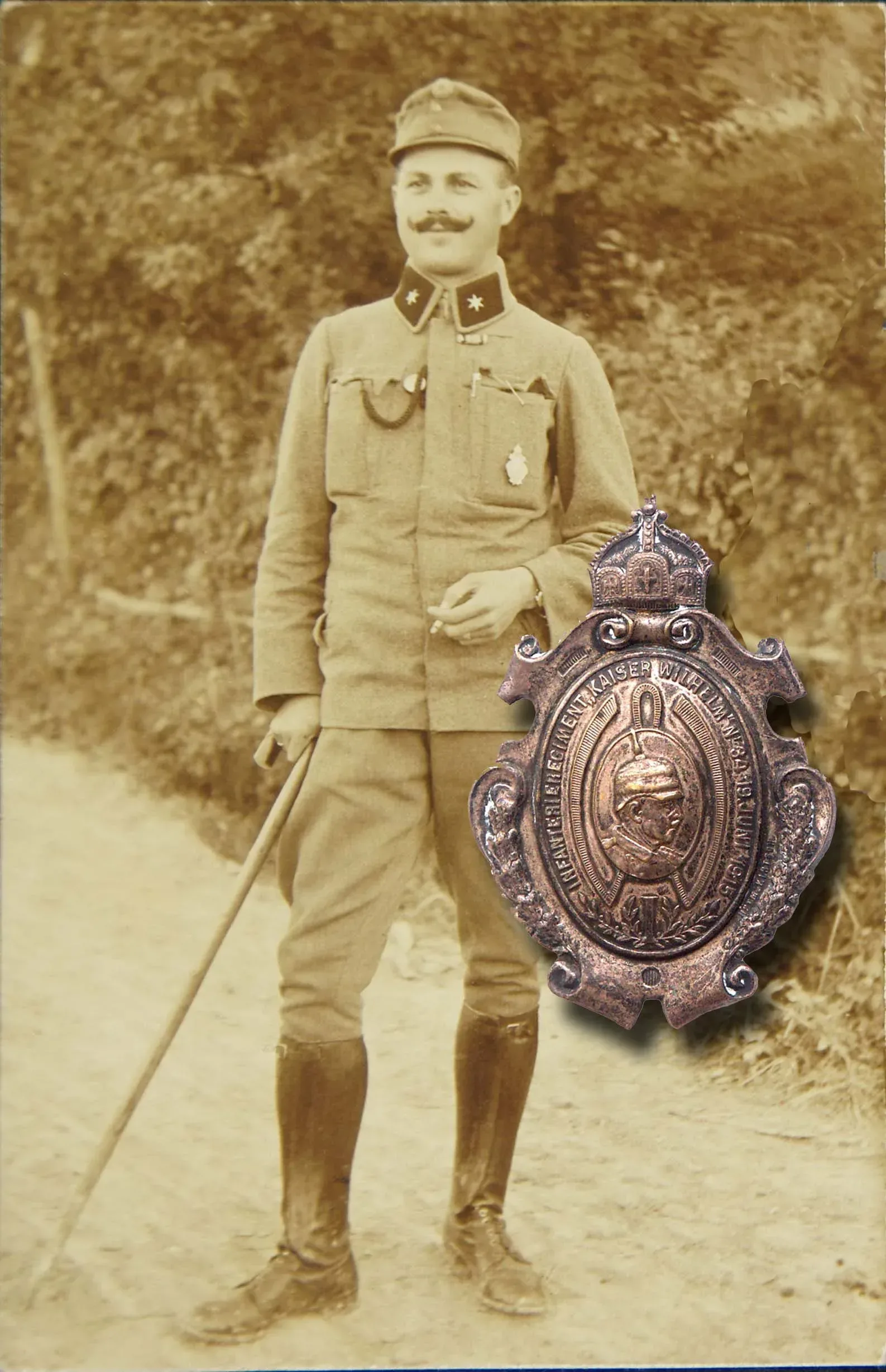
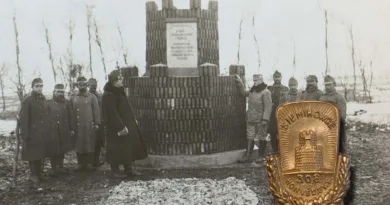
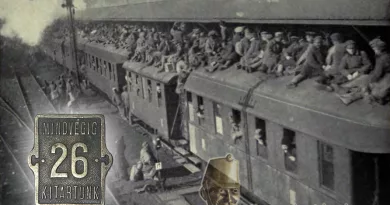
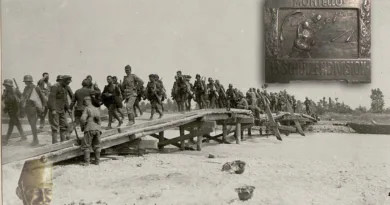
[…] described the first part of the regiment’s war history earlier. Often operating under German command, it was deployed in the Carpathians and in support of the […]